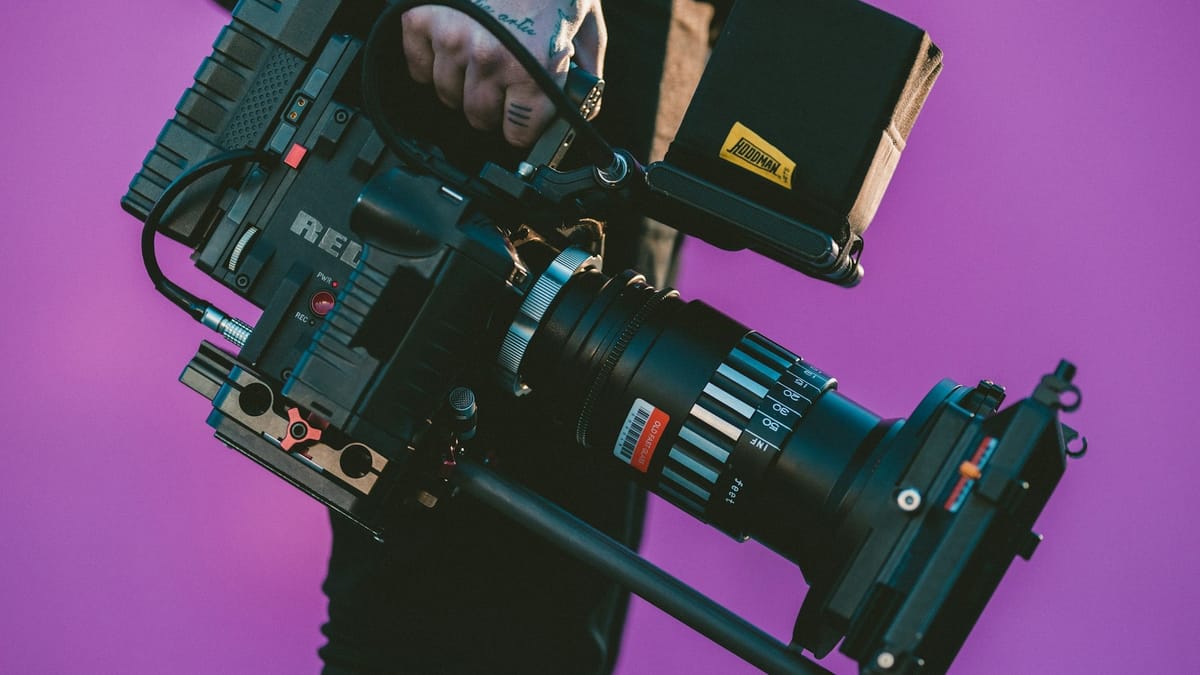The Teasmade's surprising contribution to film techniques and aesthetics
How the teasmade contributes to our understanding of cinematographic technique.

A rather unexpected reference to the teasmade appears in, ‘Directing: Film Techniques and Aesthetics,’ the brilliant manual for students of film, by Michael Rabiger.
In a chapter with the rather glorious title, 'Dramaturgy Essentials', Rabiger explains that in cinematography, a particularly significant movement in the storyline is known as 'beat'.
Rabinger says that beat is a component part of a dramatic unit. In his words, it is the "heartbeat of drama". It has nothing to do with rhythm, and it be any length - as short as a single action or an exclamation in speech, or as long as an entire sequence of scenes.
Rabinger believes that film students' directing and editing skills will take a quantum leap forwards when they get to grips with beat and learn how to use it to build a rising action with ever increasing pressure towards a dramatic climax.
He uses the teasmade as a perfect example of 'beat'.
The dramatic beat is not when the current switches on, nor when the water heats up, for these are the pressure-building preliminaries. It comes in [...] at the moment of maximum threat, when the shifting weight of water switches the appliance off.
What's more, the teasmade serves to illustrate the final section of the dramatic unit: the falling action or resolution - that part in which the protagonist enjoys a calm and relaxing cup of tea in bed.
Now that I have seen this explanation, I can't unsee it. In every film, I'm looking for that wonderful teasmade moment!
